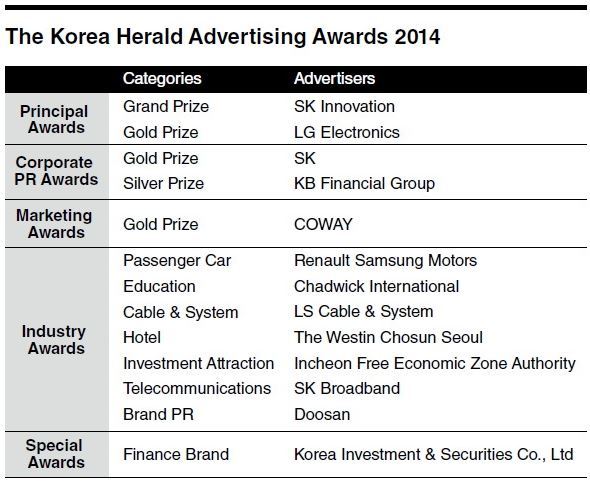John Wanamaker, the former U.S. postmaster general and a businessman also known as a pioneer in marketing, once said, “Half the money I spend on advertising is wasted; the trouble is I don’t know which half.” It was quite unexpected of him to say such words, since he is known as a tycoon in the department store industry and the first man to open one in New York.
This could mean that advertising has long been considered difficult to estimate its efficiency, or execute efficiently. We are living in a world flooded with advertisements. This situation makes it hard for customers to understand the message of the advertisement.
Many of the products in the market nowadays have entered the development phase. Not many brand products stand out since many of them have similar qualities. Newly launched products are little better than the products already out in the market, so similar advertisements are no longer competitive.
But what is even worse, customers do not trust advertisements. The blame lies on marketers who exaggerate the messages of the advertisements, just to get customers’ attention.
So how can we make a “good advertisement” that gains customers’ trust and differentiates a product from those of other companies? When the first iPhone was officially launched in Korea in late 2009, the Korean advertising industry was faced with a totally new phase. While most of the advertisements at the time showed off the products’ high performance and efficiency, such as for waterproof cameras, the iPhone touched on emotional aspects in its advertising, gaining worldwide popularity and praise.
This could mean that advertising has long been considered difficult to estimate its efficiency, or execute efficiently. We are living in a world flooded with advertisements. This situation makes it hard for customers to understand the message of the advertisement.
Many of the products in the market nowadays have entered the development phase. Not many brand products stand out since many of them have similar qualities. Newly launched products are little better than the products already out in the market, so similar advertisements are no longer competitive.
But what is even worse, customers do not trust advertisements. The blame lies on marketers who exaggerate the messages of the advertisements, just to get customers’ attention.
So how can we make a “good advertisement” that gains customers’ trust and differentiates a product from those of other companies? When the first iPhone was officially launched in Korea in late 2009, the Korean advertising industry was faced with a totally new phase. While most of the advertisements at the time showed off the products’ high performance and efficiency, such as for waterproof cameras, the iPhone touched on emotional aspects in its advertising, gaining worldwide popularity and praise.

The iPhone’s specifications were extraordinary. It led all other smartphone manufacturers to copy it. But instead of putting all those specifications into one advertisement, the iPhone chose to show each aspect one by one, such as the App Store, high-quality camera, iTunes and more.
The point here is “simplicity.” Customers are not interested in how the mechanism works. When creating an advertisement, one should remember to appeal to the customer’s needs, instead of providing long and complex explanations about the product.
What we can learn from the iPhone’s advertising is to appeal to your customers. There are essentially two methods to deliver your message to customers. The rational method appeals to customers’ cognitive reactions, while the emotional method touches customers’ sensibility. Choosing a way depends on what you want to gain from the customers’ reaction.
It was believed until now that an effective advertisement triggers both cognitive and emotional reactions from customers. But the recent trend seems to be choosing one method to deliver a stronger message. For example, Korean Air’s recent advertisement showed a scenic view of overseas cities, making customers want to leave for a trip as soon as possible. In this way, the advertisement was able to create an equation, “Korean air = Traveling to beautiful cities.”
This advertisement did not provide any information about how safe or comfortable the flight was, or the friendly service of their flight attendants. Not a single detail about Korean Air was mentioned in the ad.
In the era of developed technology, different types of advertisements are delivered in various ways. Moving on from traditional types of advertisements such as for TV, radio or newspapers, customers are exposed to vast amounts of advertising 24/7. Those include advertisements on social networks such as Facebook, Kakao Talk and mobile advertisements, keyword advertisements and so on. In this context, it is most important to create an advertisement that gives heart-touching messages to customers.
In order to do so, set the purpose of an advertisement and aim it. Find the appealing point and maximize it. Either a rational or emotional way of appealing is fine, as long as it can deeply resonate with customers. The most important purpose of an advertisement is to touch customers’ hearts and gain their trust.
By Park Heung-su, Yonsei University School of Business

-
Articles by Korea Herald




![[Grace Kao] Hybe vs. Ador: Inspiration, imitation and plagiarism](http://res.heraldm.com/phpwas/restmb_idxmake.php?idx=644&simg=/content/image/2024/04/28/20240428050220_0.jpg&u=)

![[Herald Interview] Mom’s Touch seeks to replicate success in Japan](http://res.heraldm.com/phpwas/restmb_idxmake.php?idx=644&simg=/content/image/2024/04/29/20240429050568_0.jpg&u=)


![[News Focus] Lee tells Yoon that he has governed without political dialogue](http://res.heraldm.com/phpwas/restmb_idxmake.php?idx=644&simg=/content/image/2024/04/29/20240429050696_0.jpg&u=20240429210658)









![[Today’s K-pop] Seventeen sets sales record with best-of album](http://res.heraldm.com/phpwas/restmb_idxmake.php?idx=642&simg=/content/image/2024/04/30/20240430050818_0.jpg&u=)